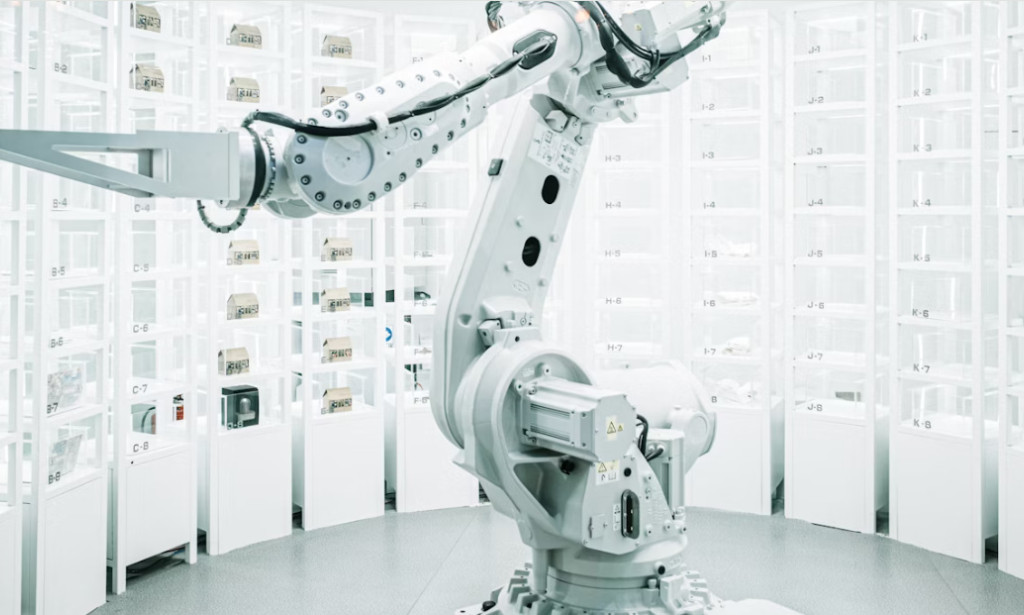The Field of Science and Robotics: A Comprehensive Overview
The fields of science and robotics have become increasingly interconnected in the modern era, driving rapid innovation and reshaping industries, education, and everyday life. While science seeks to understand natural laws and phenomena, robotics applies these scientific principles to design intelligent systems capable of performing complex tasks. Together, they form a powerful partnership that continues to push the boundaries of technology and human potential.
What Is Robotics?
Robotics is a multidisciplinary branch of engineering and science that integrates mechanical engineering, computer science, electronics, and artificial intelligence (AI) to design, construct, and operate robots.
A robot is a programmable machine that can perform tasks autonomously or semi-autonomously, often using sensors to perceive its environment and actuators to interact with it. Modern robots range from industrial robotic arms and humanoid assistants to self-driving vehicles and space exploration rovers.
Science and Robotics: A Symbiotic Relationship
Science provides the theoretical framework that robotics relies on. Discoveries in physics, mathematics, biology, and computer science directly influence how robots are developed and how they interact with the world.
Some key scientific disciplines driving robotics include:
-
Artificial Intelligence (AI):
AI enables robots to simulate human-like reasoning, learning, and problem-solving. It allows machines to make decisions and adapt to changing conditions without constant human control. -
Machine Learning (ML):
Through machine learning, robots can analyze data from past experiences to improve their performance over time. This is essential in areas such as autonomous driving, robotics surgery, and predictive maintenance. -
Computer Vision:
By processing and interpreting visual data from cameras and sensors, computer vision allows robots to recognize objects, navigate spaces, and interact safely with their surroundings. -
Mechanics and Materials Science:
Understanding mechanical design and material properties ensures that robots are durable, efficient, and capable of performing physical tasks — from lifting heavy objects to mimicking human movement. -
Sensors and Perception:
Sensors such as LiDAR, infrared, and ultrasonic devices provide robots with information about distance, motion, and environmental conditions, enabling responsive and intelligent behavior.
Applications of Robotics
The impact of robotics spans across countless industries, transforming how we work, heal, travel, and explore. Major applications include:
-
Manufacturing:
Industrial robots handle repetitive and precise tasks such as welding, assembly, and packaging, improving productivity and consistency in manufacturing. -
Healthcare:
Robots assist in surgery, patient monitoring, and rehabilitation. Robotic surgical systems like da Vinci offer precision beyond human capability, while companion robots provide emotional and physical support. -
Transportation:
The development of autonomous vehicles and delivery drones is revolutionizing logistics, traffic safety, and urban planning. -
Service Robotics:
These robots engage directly with humans, offering services such as cleaning, hospitality, and personal assistance. Examples include robotic vacuum cleaners and social robots used in elderly care. -
Space Exploration:
Robots like NASA’s Perseverance rover explore environments that are too dangerous or distant for humans, collecting data and expanding our understanding of the universe.
Current Challenges in Robotics
Despite extraordinary progress, robotics still faces major scientific and ethical challenges:
-
Autonomy and Decision-Making:
Creating robots capable of reliable independent decision-making in unpredictable environments remains a major hurdle. -
Human-Robot Interaction (HRI):
Ensuring smooth and intuitive communication between humans and robots — through speech, gestures, or emotion recognition — is critical for widespread adoption. -
Sensing and Perception:
Robots must develop more accurate and adaptive sensing capabilities to operate effectively in dynamic, real-world conditions. -
Ethics and Safety:
Issues of privacy, job displacement, accountability, and the ethical use of robots are becoming increasingly important as automation expands.
Future Directions
The future of robotics promises extraordinary potential, particularly as AI and advanced computing continue to evolve. Possible directions include:
-
Personalized Healthcare:
Robots may soon provide individualized medical care, assisting with diagnostics, therapy, and daily living activities. -
Smart Homes and Cities:
Integrated robotic systems will help manage energy use, security, and maintenance in connected environments. -
Environmental Monitoring:
Robots could play key roles in climate research, pollution tracking, and disaster response, offering sustainable solutions to global challenges. -
Advanced Space Exploration:
Autonomous robots will continue to extend humanity’s reach beyond Earth, exploring new planets and asteroids.
Conclusion
The fusion of science and robotics represents one of humanity’s greatest achievements, blending curiosity and creativity with technological innovation. From industrial automation to healthcare and space exploration, robotics continues to redefine what is possible. However, as we advance toward a more automated future, it remains crucial to prioritize safety, ethics, and human-centered design. By responsibly harnessing the synergy between science and robotics, we can create intelligent systems that enhance lives and drive progress for generations to come.
References
-
Siciliano, B., & Khatib, O. (Eds.). Springer Handbook of Robotics. Springer, 2016.
-
Russell, S., & Norvig, P. Artificial Intelligence: A Modern Approach. Pearson, 2021.
-
Thrun, S., Burgard, W., & Fox, D. Probabilistic Robotics. MIT Press, 2005.

You must be logged in to post a comment.